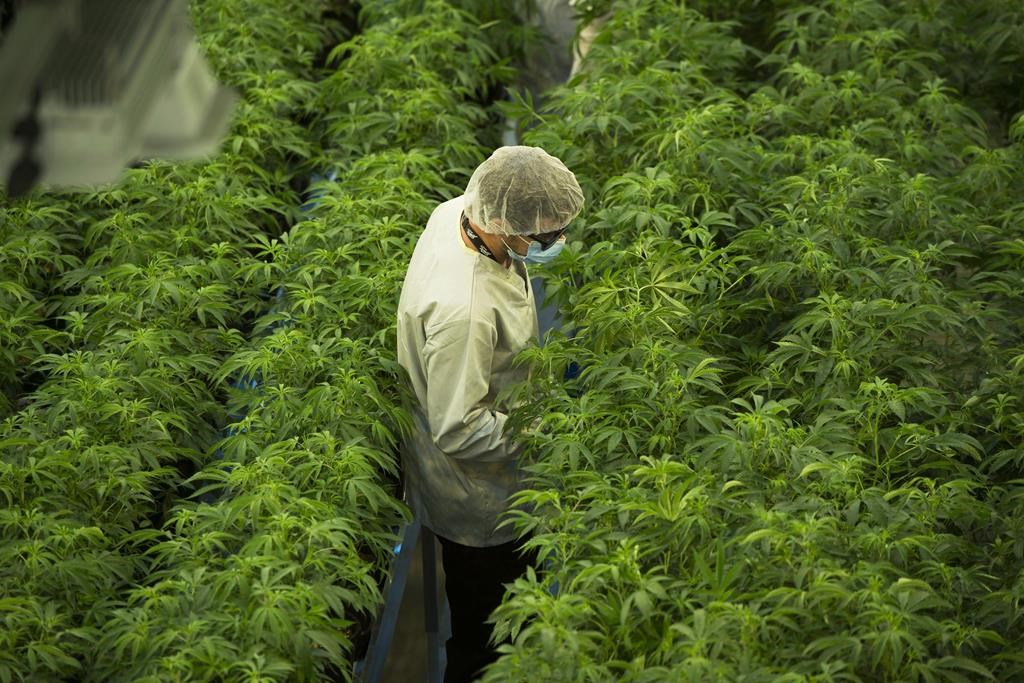As the countdown to legal marijuana becomes a matter of weeks and days, not months, it comes more and more into focus.

Here’s what we learned this week:
- Legal marijuana markets will mostly be online to start in several provinces (totally online in Ontario). Online shopping, as we know, means credit cards. But credit card data is held in the U.S., and non-Americans have no protection if Uncle Sam decides to take a peek. So if the U.S. wanted to start assembling a list of at least a fair number of Canadian marijuana users after legalization, they certainly have a way of doing so. That’s awkward, because …
- … Politico published an important story last week, in which a senior U.S. border official told them that even after legalization anyone using cannabis in Canada could be barred for life for use, and anyone involved in the Canadian cannabis industry could be barred for drug trafficking. This is important new information – there was some doubt about how strictly the letter of the law would be applied at the border.

- Will we eventually see imported marijuana for sale in Canada? Recreational imports are banned at the moment – but as more countries move to legalize we could eventually get into a marijuana trade dispute with Uruguay, Mexico or Jamaica, a trade expert explains.
- It’s not surprising on some level, but decades of illegality has left marijuana strain genetics a mess, DNA studies show. Hindu Kush from three different suppliers can be very different varieties.
- Marijuana stocks have had an exciting ride. But is it a bubble? It will take six months to a year to see, an investment expert explains.
- We won’t see factory-made cannabis beverages for at least a year (unless you want to buy some THC oil and make your own, which won’t be all that hard to do). But big beer makers and Coca-Cola have their eye on the market. Apart from anything else, brewers may lose customers as marijuana becomes more available, so they’re making a virtue of necessity by investing in their new rival.

- Want to pitch yourself as a “cannabis connoisseur” who should be paid $50 an hour to sample different kinds of marijuana? These folks are hiring. (You’ll also have to write social media posts and appear in videos.)
- Saskatchewan’s fledgling marijuana retail system fears a pot shortage, at least at first.
- B.C. is warning grey-market dispensaries that they should either shut down on their own or be shut down. (Awkwardly, the province will have exactly one legal store ready to go on October 17, in Kamloops.)

- Economists at TD predict that legal recreational cannabis will add $7-8 billion to Canada’s GDP, Sort of. “We would caution against reading too much enthusiasm into this,” they write, calling it an “accounting illusion”. The grey and black markets were actually a part of the national economy, after all. Some portion of what looks like growth in 2019 should basically be ignored, they say. (Illegal economic activity gives economists headaches – it obviously exists, but it’s hard to measure.)
- StatsCan estimates that about 5.4 million people will buy legal cannabis in Q4, while another 1.7 million will stick with grey/black market suppliers. Canadians will have spent $800 million to $1 billion on legal pot by the end of the year, they predict. (StatsCan would also like to hear about your grey/black market pot buying – quantity, quality, price – anonymously.)
- Bloomberg talks to a company that’s hoping to lower the price of weed to 20 cents a gram through streamlining its production process, and another that wants to have its greenhouses run mostly by robots. (In the long run, will high-tech, largely automated cannabis production be the job creator we were hoping for?)

QUESTION: So where does legalization leave soon-to-be-not-illegal marijuana in our culture? Is it respectable, a bad habit, a vice, a harmless pleasure? (Will attitudes change over time? It took Ontario decades after Prohibition ended to run liquor stores like more or less normal retail stores.) The words we use all have different value judgments attached: cannabis, marijuana, pot, weed.
Understandably anxious to enter the mainstream, people in the cannabis industry want to create space between them and what for want of a better word we could call stoner culture. Reporters get very polite but firm requests to avoid the word ‘pot,’ let alone ‘weed,’ and images like the one below.
(Global’s style rule is to prefer ‘marijuana,’ given that it’s the term most in common use, but also to allow ‘cannabis,’ ‘pot,’ and ‘weed,’ ideally on second reference.)
If you were choosing images for an online story about cannabis, would you use the photo below, which Canadaland called “the most overused stoner pic of all“? (They may have a point.) Why or why not? The form is below the image. Responses may be published.



Comments